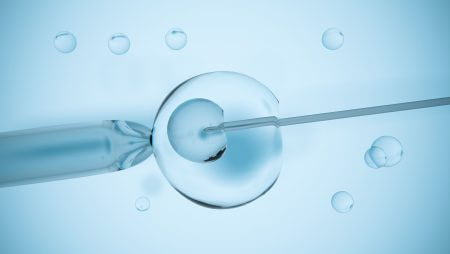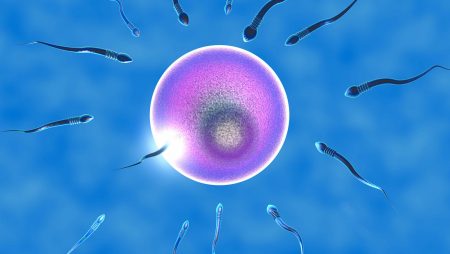What is Surrogate Motherhood?
Surrogacy is the process of transferring embryos belonging to prospective parents to another woman, which is preferred due to reasons such as the mother’s uterus not being present or the structure of the uterus not being able to conceive and her health not allowing her to give birth. For this reason, the woman who carries and gives birth to these embryos that are genetically unrelated to her is called a surrogate mother. In cases where prospective parents’ own reproductive cells cannot be used in this process, they can also add egg or sperm donation to their treatments.
The surrogacy process establishes a solid bridge between carefully selected surrogate mothers and families, and every step is carried out within legal and ethical rules. The program provides comprehensive and holistic support that takes into account the needs of families and surrogate mothers.
Due to the rapidly developing reproductive technologies of medicine, it is no longer impossible to become a mother or father. Until recently, some prospective parents who were desperate found a solution by adopting, while those who did not have the chance to adopt were greatly disappointed.
The baby/babies born carry the genetic characteristics of their biological parents and have no connection with the surrogate mother. The baby born by the surrogate mother is legally delivered to the biological or intended parents after birth according to the contract prepared by the surrogate mother law. According to this official contract, the surrogate mother does not have any legal rights over the born baby.
Surrogate Mother Treatment :
In vitro fertilization treatment with a surrogate mother is no different from a normal in vitro fertilization treatment. Only the embryos are transferred to the surrogate mother. The treatment starts after the approval of the Ministry of Health.
Synchronized (The mother candidate and the surrogate mother at the same time) Treatment: If the mother candidate is menstruating, the eggs are grown with egg stimulating hormones starting from the 2nd or 3rd day of her menstruation and lasting for 10-14 days. The eggs collected at the appropriate time are combined with the father candidate’s sperm cells and turned into embryos, and the transfer to the surrogate mother candidate is carried out on the 5th day (blastocyst).
If the mother candidate is not menstruating (in those without a uterus), the time when she will start the treatment is determined with hormone tests. The menstrual cycle of the surrogate mother is adjusted accordingly and the treatment is started simultaneously and then the process ends with the egg collection and transfer process.
Sometimes it can be difficult to synchronize both sides at the same time and start the treatment. Matching the menstrual cycles, matching the development of the eggs with the development of the surrogate mother’s uterus can make the treatment difficult. In such cases, embryos are created in advance and frozen to make the treatment easier and to perform the procedure at the right time. Then, the treatment plan of the surrogate mother is made and thus the possibility of achieving pregnancy without the risks related to synchronization is increased. This form of treatment is highly preferred due to the advantages it provides and because there are no problems.
If there are no conditions such as asynchronous egg development, cysts, etc. as a result of the examination, the treatment is started by performing hormone tests such as Estradiol-Lh-Progesterone. In the treatment, a treatment protocol is obtained in accordance with the age, weight and egg reserve of the mother candidate. The most preferred of these protocols is the antagonist protocol known as the short protocol. In this protocol, egg enlargement and reproduction hormone injections are started at the appropriate dose. This treatment, which lasts approximately 9-14, ends with an ultrasound every 2-3 days and, depending on the situation, hormones are checked.
It is also possible to have the examinations in the country you are in for this treatment. If you have one, you can be under the control of your own doctor or a doctor we recommend.
When the eggs reach a sufficient number and size (18-20 mm), a cracking needle is given and egg collection is planned after 34-36 hours.
The last injection of the treatment, known as the cracking needle, is the hcg injection. The day and time of administration are very important and affect the success of the treatment. The time difference between countries should also be taken into consideration when determining the time of the injection. In cases where more than 20 follicles develop in the ovaries and the E2 (estrogen) hormone is 3000 and above, a special cracking needle is used to prevent the development of the complication known as OHSS. OHSS (Ovarian Hyperstimulation Syndrome) is a very serious complication in which there is excessive growth in the ovaries and fluid leakage out of the veins. In this case, the embryos are frozen and a transfer is planned in the following months.
The trip to Cyprus usually starts the morning of the cracking shot, that is, one day before the egg collection procedure.
If there are no asynchronous egg development, cysts, etc. as a result of the examination, treatment is started by preferably performing hormone tests such as Estradiol-LH-Progesterone. A treatment protocol is determined in accordance with the age, weight and egg reserve of the mother candidate. With this protocol.





